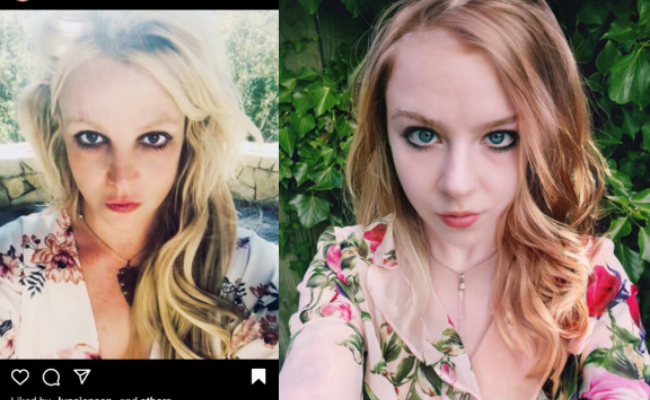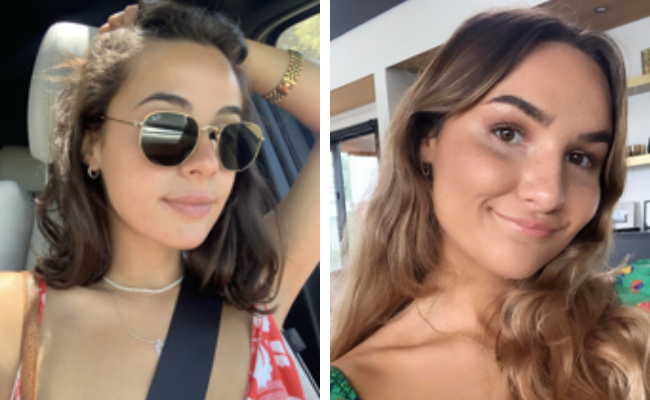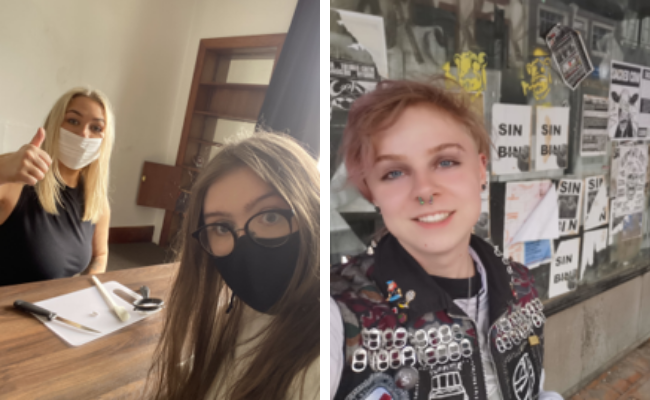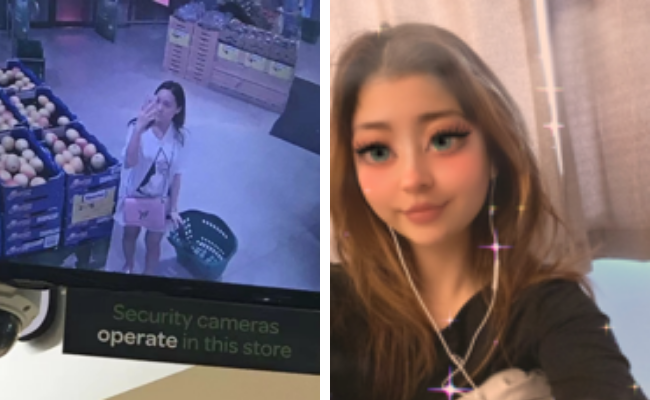
Students were challenged to dive deeper into this topic while exploring celebrity influence.
When enrolling for Summer School papers, you might not think to go searching for one on selfies, but that's exactly what could be found on offer this year.
The term “selfie” refers to a self-portrait photograph often taken on a smartphone and in 2014 was even officially accepted for use in Scrabble! While at first glance, a selfie might appear as a personal celebration of a good hair day, it turns out there's a little more to them than that.
Studying Selfies is a paper which saw students gaining an insight into the widely accepted social practise. Over the space of six weeks, Teaching Fellow Dr Owain Gwynne challenged students to dive deeper into this topic while exploring celebrity influence, surveillance and cyberspace.
“One of the things we have been doing in the course is challenging the way we think about selfies and seeing them as more than an attempt to gain “likes”. We've been thinking about how the selfie can communicate different ideas about the self and its relationship with place, technology and a networked society.”

For one assignment, students submitted selfies they saw as flattering and one's they didn't like as much to evaluate.
Students were challenged to submit selfies they saw as flattering and one's they didn't like as much and then dissect what makes a desirable image.
“It's interesting for us to look at them and see for ourselves the recurring elements and similarities of what people like to see in a selfie, like postures or camera angles people commonly prefer.
“We also talked about what inspires those kinds of performances, why do we tend to pose in a certain way? What are we basing these poses on? We've been thinking of celebrity culture and the students then took their own “celebrity image” and played around with clever use of filtering and editing to get the celebrity 'look'.”
A project the students have taken on is finding ways to tell a story through the use of selfies.
“Our group decided to document postering around Dunedin. The posters change quite often and have strong meanings, but it's interesting to see how the meaning of them can change when they're captured in a selfie,” student Sol Parsons says.

A project the students have taken on is finding ways to tell a story through the use of selfies.
Lainie King's approach was unique again.
“Our project is based around the campaign of safe drug checking. We are part of telling the story of the good and bad of checking and not checking your drugs.”
Alongside these unique projects, distance students have also taken on the challenge.
“Our distance students are producing a 'selfie diary' where they take photos over a few weeks.” Owain says.
“One student is working on a farm over summer and is sharing the details of the work, the unpredictability, and the highs and lows. Another is learning to surf and using a Go Pro to take selfies. As they progress in their surfing ability, they predict their selfies will get more stable and clearer and represent that progress.”
As well as the fun aspects of selfies, a big part of their focus was on surveillance and who can access images once they're up online.

There are so many ways photos can be edited to disguise oneself from facial recognition technology.
“We discussed who our selfies might be intended for, what is done with our images, who can look at them, how can they be used or misused. It's important to discuss how much control we do or do not have over who looks at our images online and address how selfie culture can impact privacy.
“There are so many ways photos can be edited to disguise oneself from facial recognition technology. It astounds me how far technology has come even with filters that can be used.”
Studying Selfies: Celebrity, Surveillance and Cyberspace is run by Media, Film and Communications and was able to take place through Orange and Red Level on the Dunedin Campus.
Kōrero by Internal Communications Adviser, Chelsea McRae